| TALES OF HEATH & POND |
VISITOR'S GUEST BOOK | HISTORY OF THE HEATH & POND | GUESTS' PHOTOGRAPHS | SOURCES OF INFORMATION | VIDEOS | SITE MAP |
Seagulls
To see a larger copy of each image click on it; to see the next large image click at the right of the image, to go back click on the left of the image. To close a large image click on the cross in the top right hand corner.
New photographs are usually added to the bottom of the page - click to go to the bottom of this page
2020 |
||
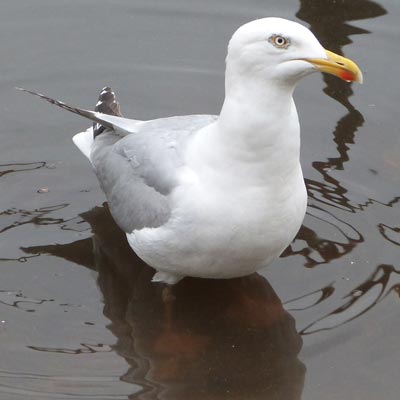 |
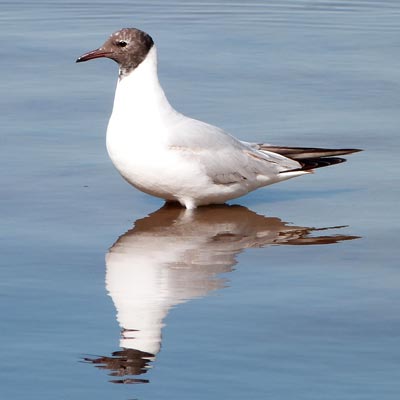 |
|
| Herring Gull | Blackheaded Gull | |
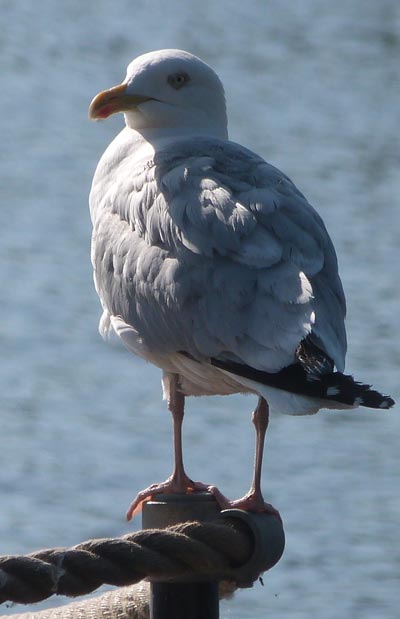 |

Gulls are small to large seabirds, many of which also live inland for at least part of the year; some are strictly marine. Most are grey, black and white when fully mature, but extensively marked with various shades of brown during from one to four years of immaturity. They are accomplished fliers and their webbed feet mean they are also at home on the water. Although found worldwide, they occur in greatest numbers in the Northern Hemisphere. Gulls are notoriously difficult to identify. Entire books have been dedicated to telling one gull from another, but even these barely scratch the surface. Their plumage changes as they age and there's a great deal of variation within species. Although there is no such thing as a "seagull", the Herring Gull perhaps comes closest, being found in seaside resorts around the country. The Black-headed Gull is probably the most widespread gull, being found anywhere there is water, even in the largest cities. All gulls, except kittiwakes, will feed on ploughed fields. Herring and black-headed gulls in particular can be found ‘charming worms’ on pastures, playing fields and other grassy areas. Gulls are long-lived birds - the larger species only start to breed when four years old and some can live to their upper twenties. |
|
| Herring Gull | ||
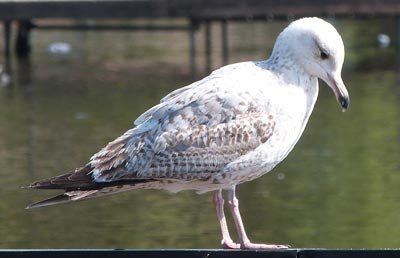 |
 |
|
| Blackheaded Gull | ||
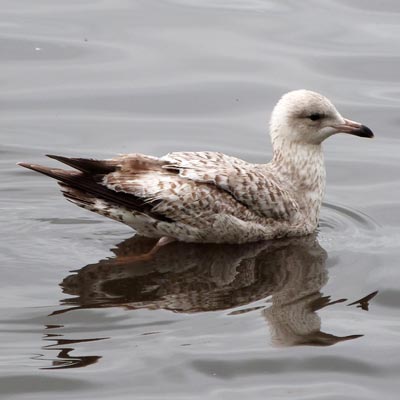 |
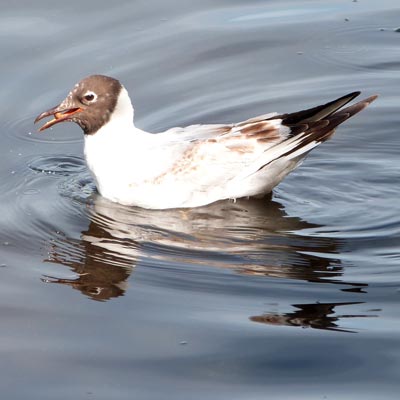 |
|
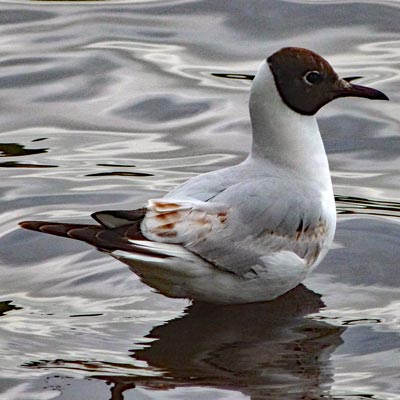 |
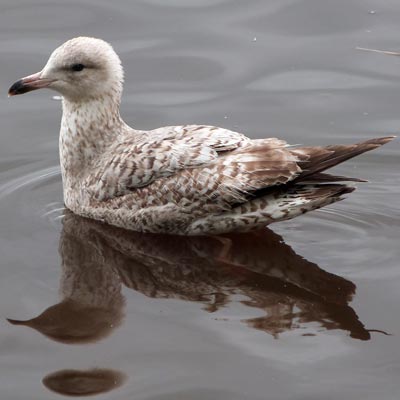 |
|
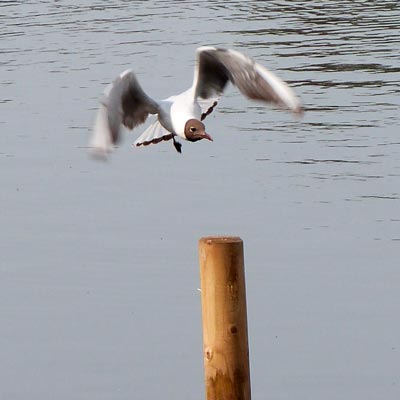 |
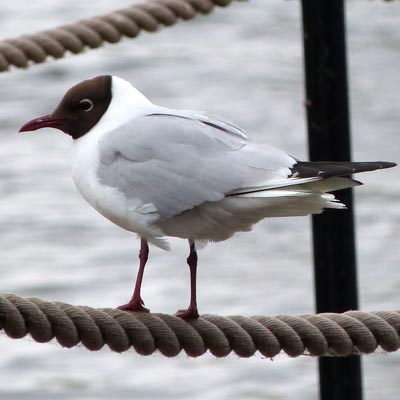 |
|
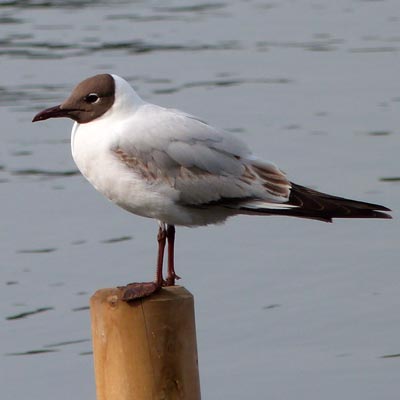 |
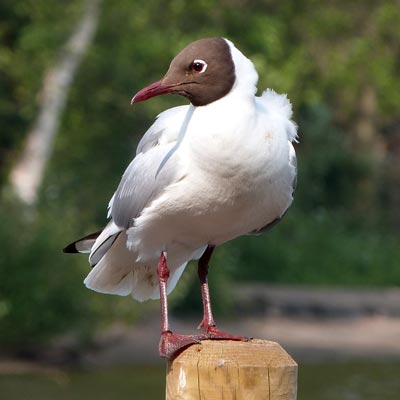 |
|
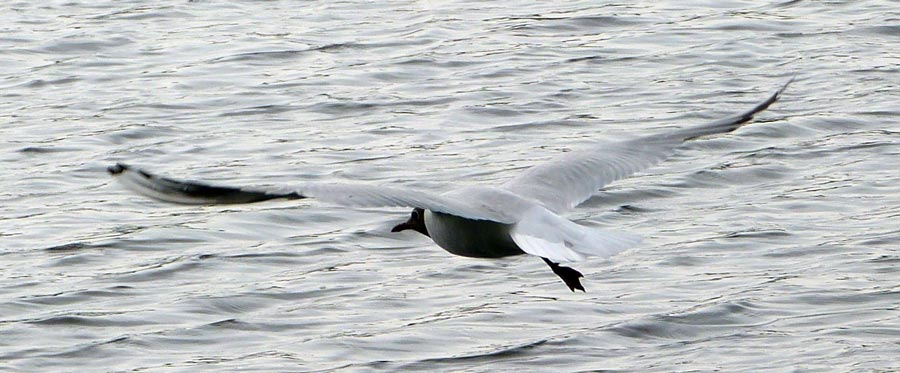 |
||
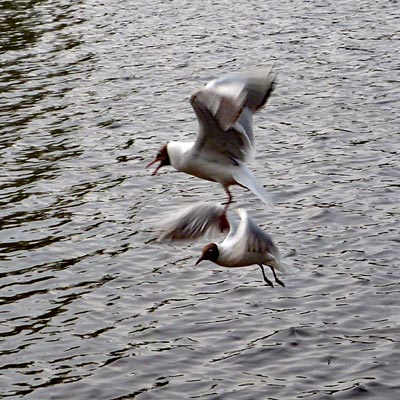 |
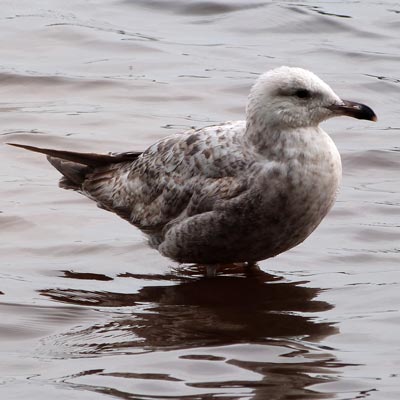 |
|
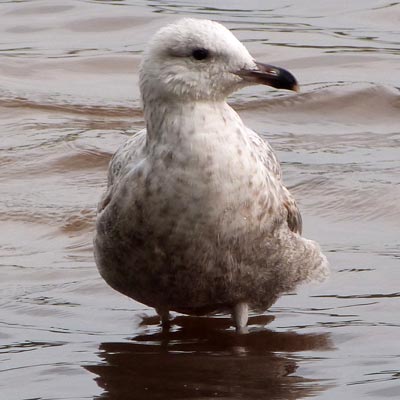 |
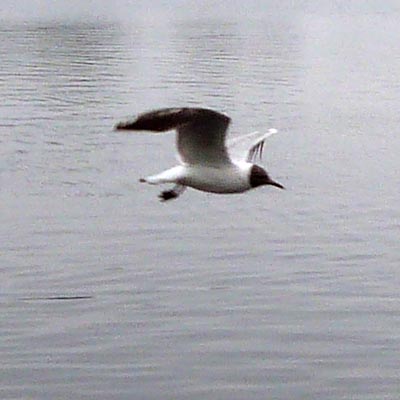 |
|
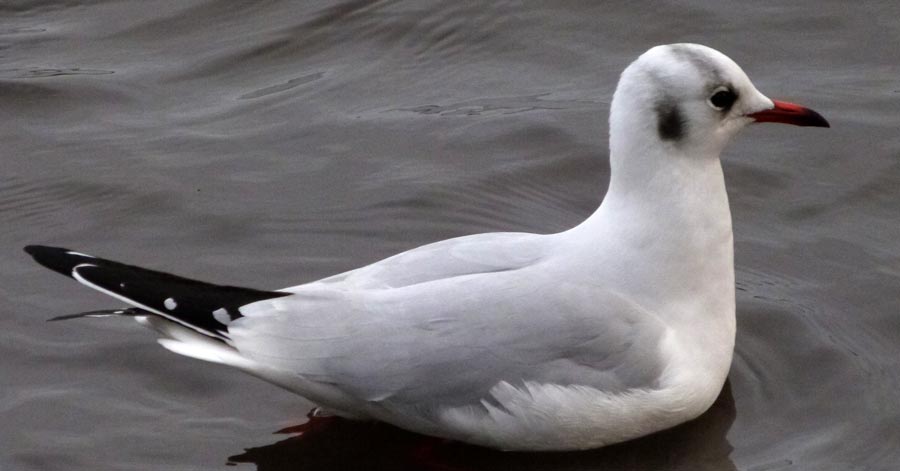 |
||
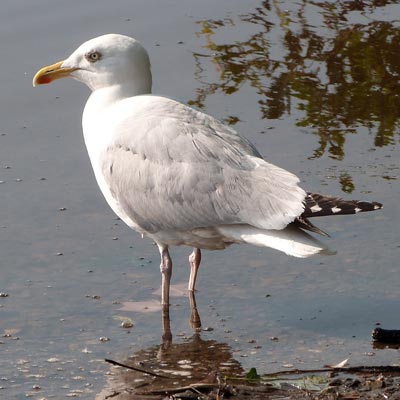 |
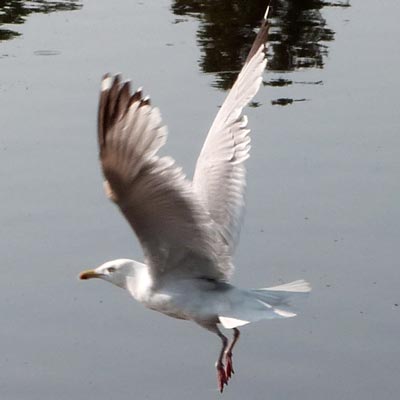 |
|
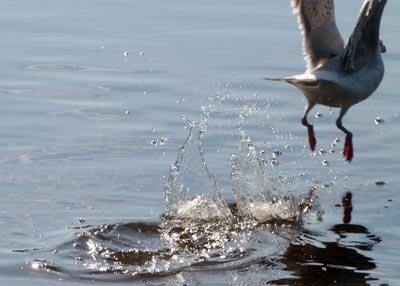 |
||
| Almost a good photograph! | ||
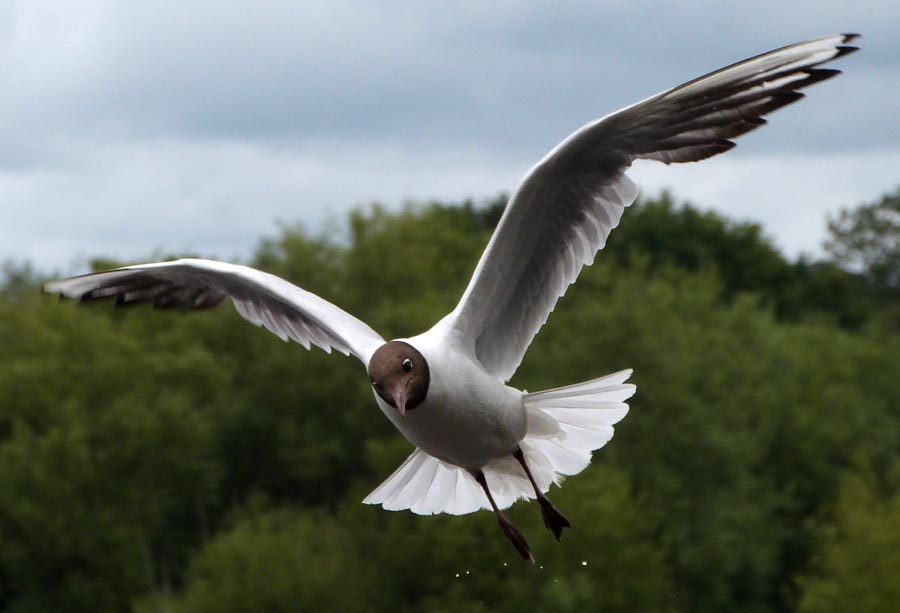 |
||
| At last - a good photograph! | ||
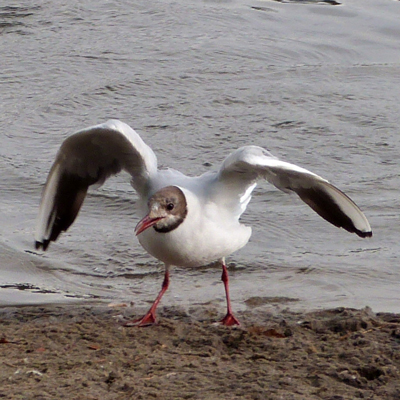 |
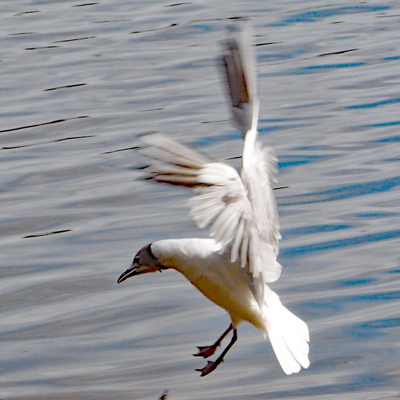 |
|
| Black headed gulls | ||
 |
||
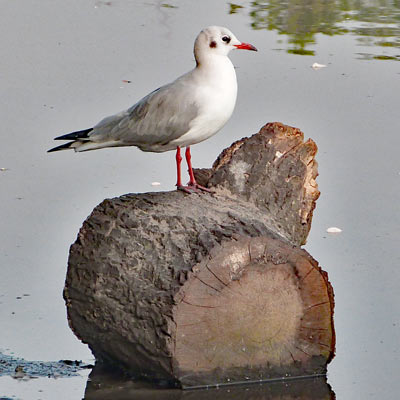 |
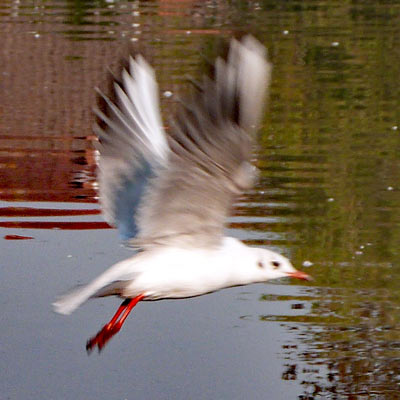 |
|
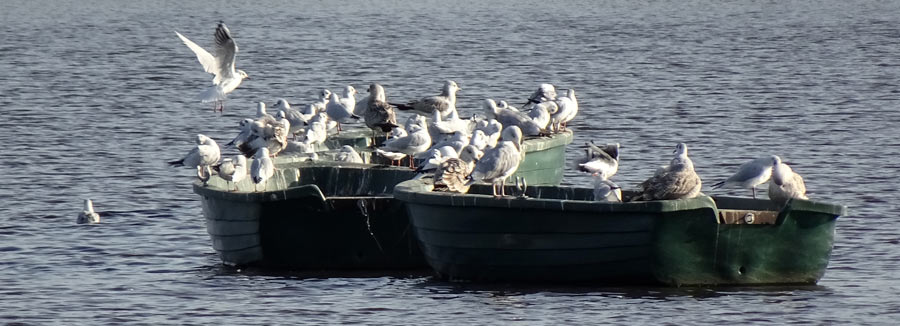 |
||
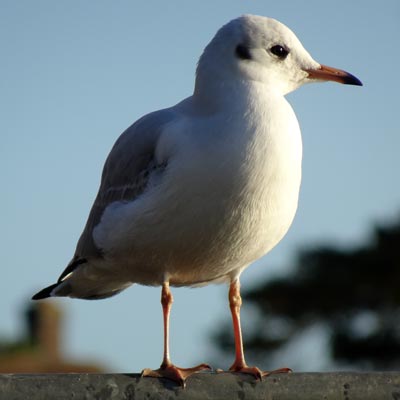 |
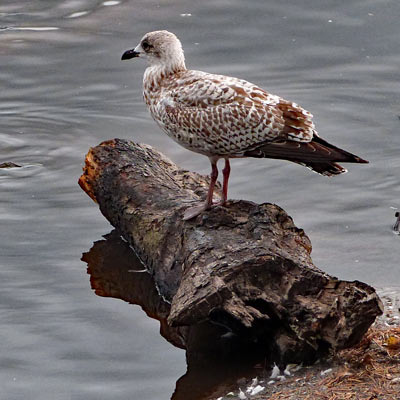 |
|
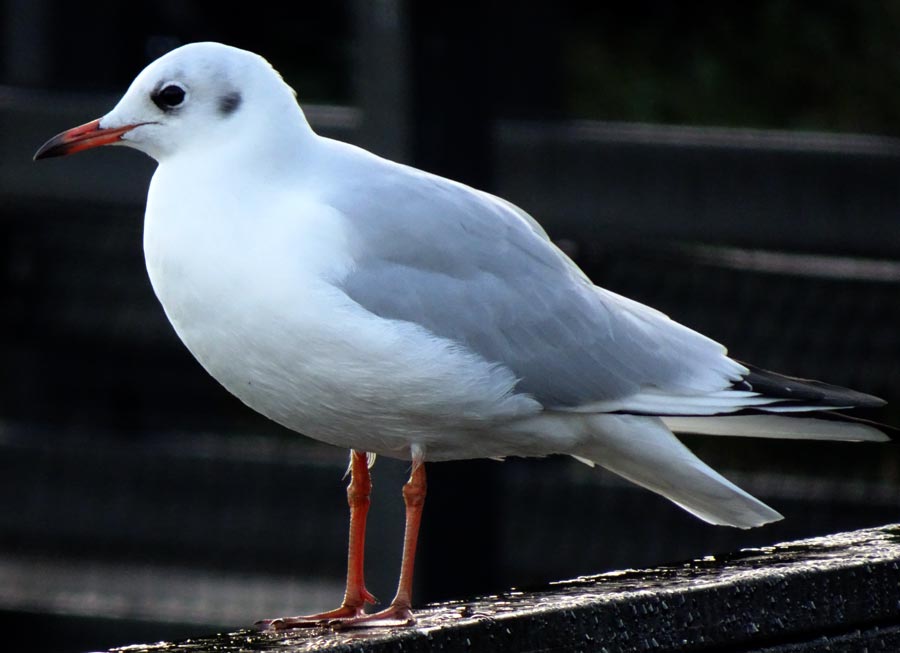 |
||
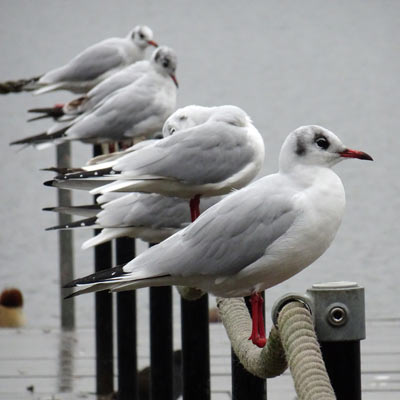 |
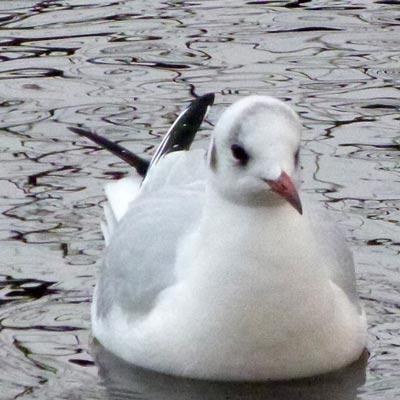 |
|
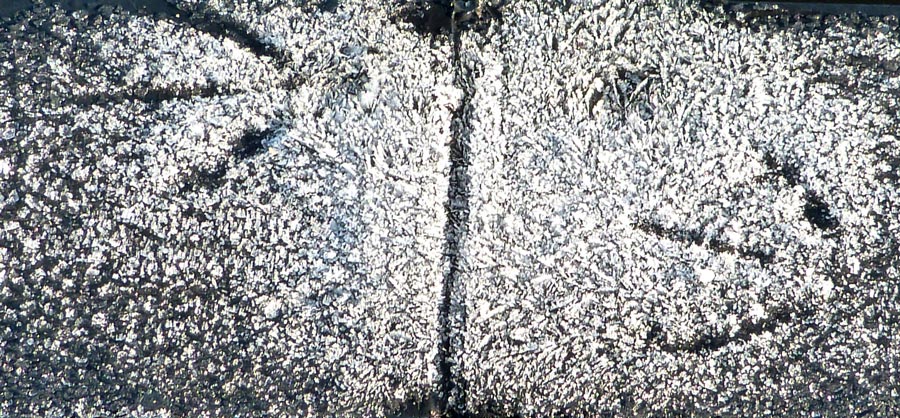 |
||
| Foot prints in the frost on the board walk - it must be seagulls! | ||
 |
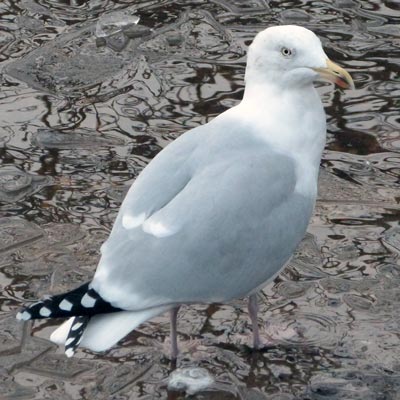 |
|
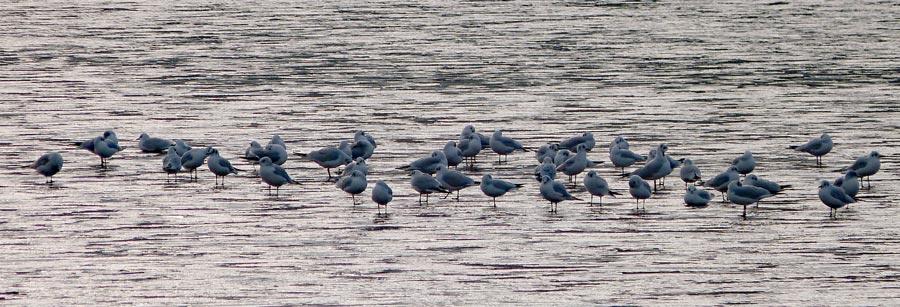 |
||
| Seagulls on the frozen pond 31 December | ||
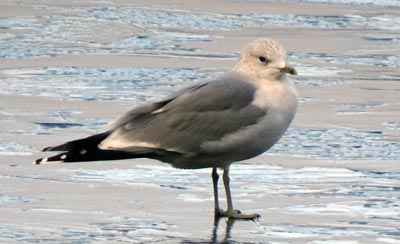 |
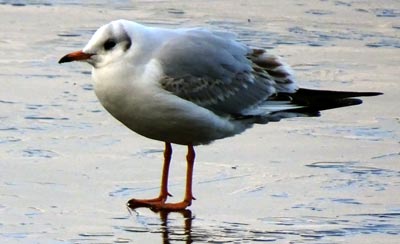 |
|
2021 |
||
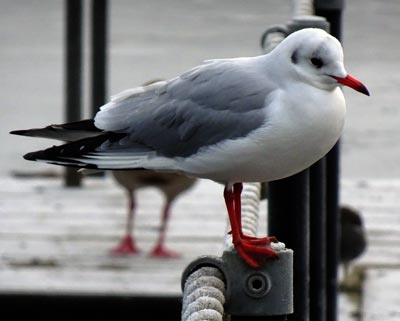 |
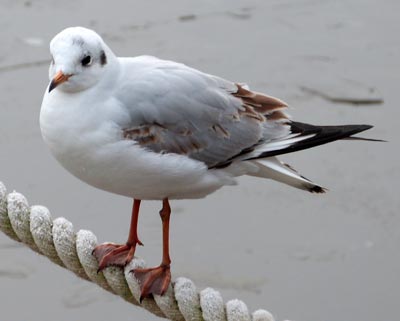 |
|
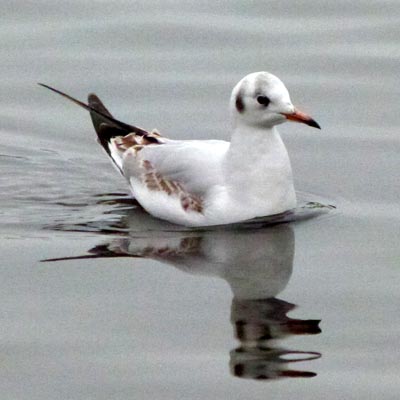 |
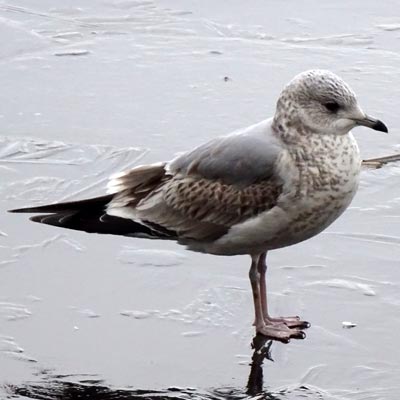 |
|
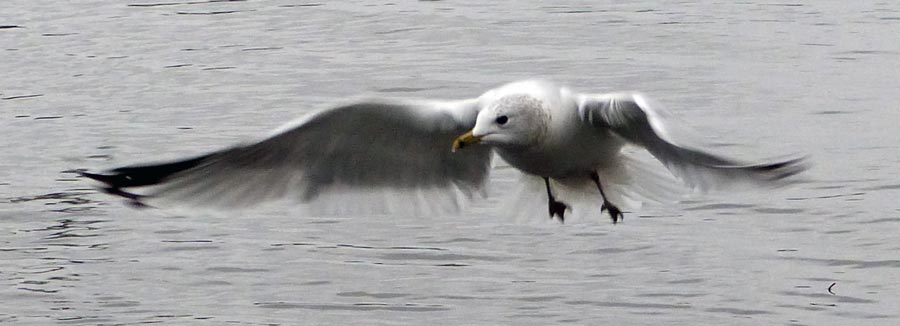 |
||
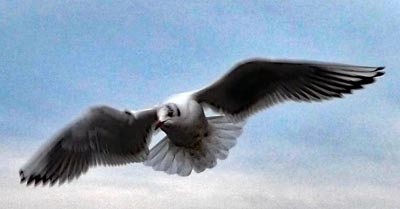 |
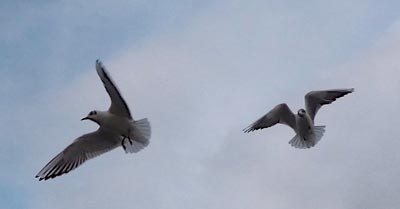 |
|
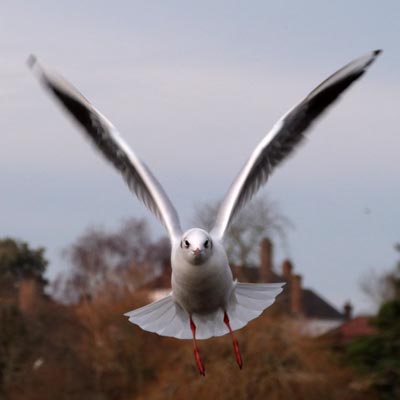 |
 |
|
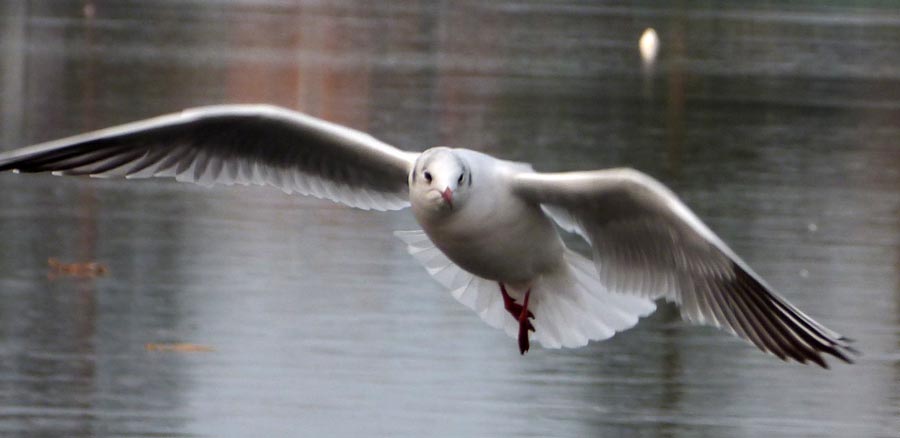 |
||
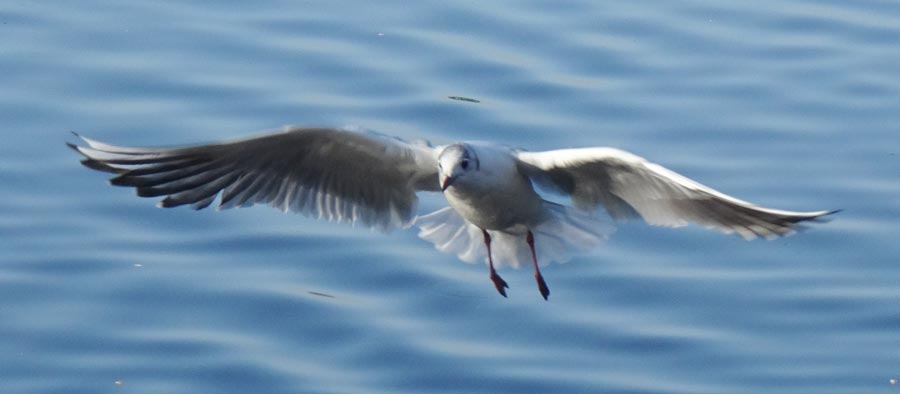 |
||
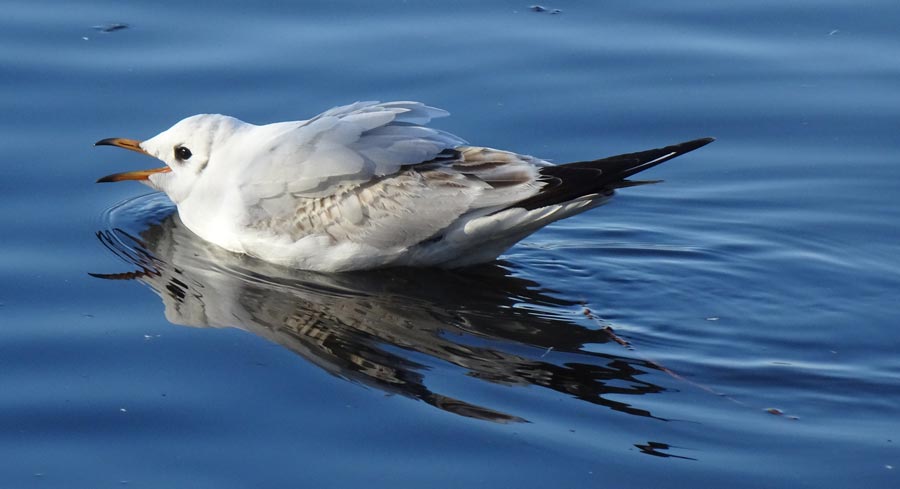 |
||
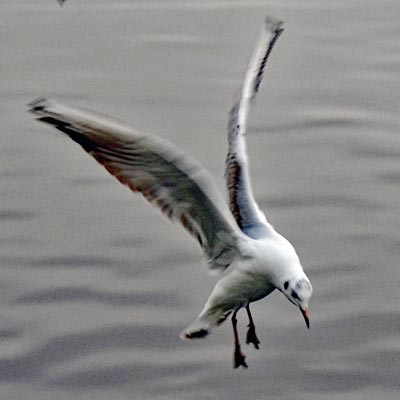 |
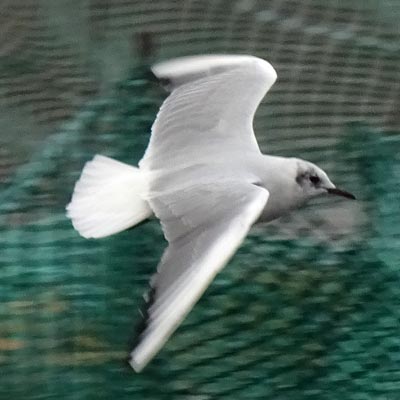 |
|
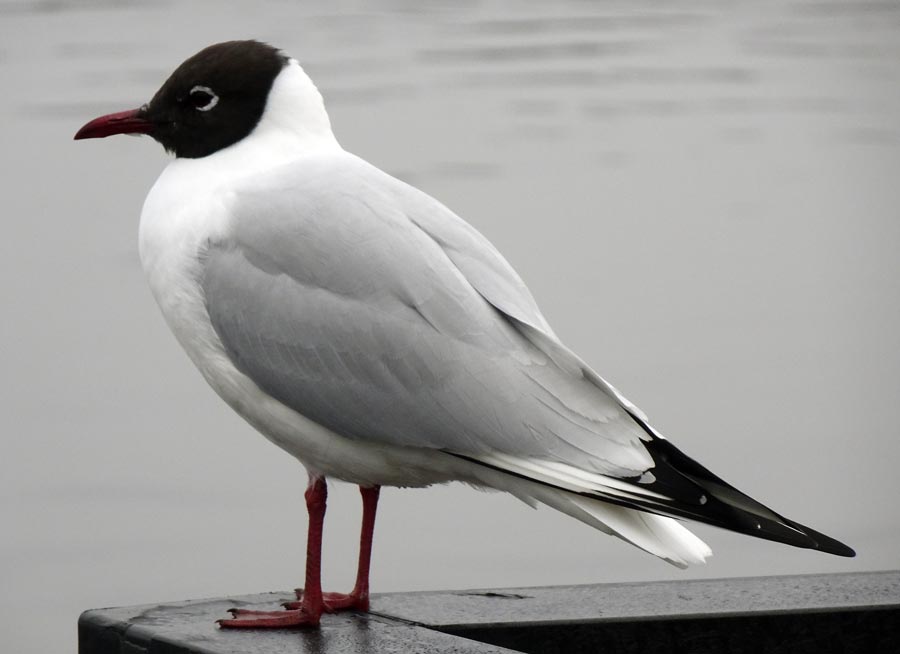 |
||
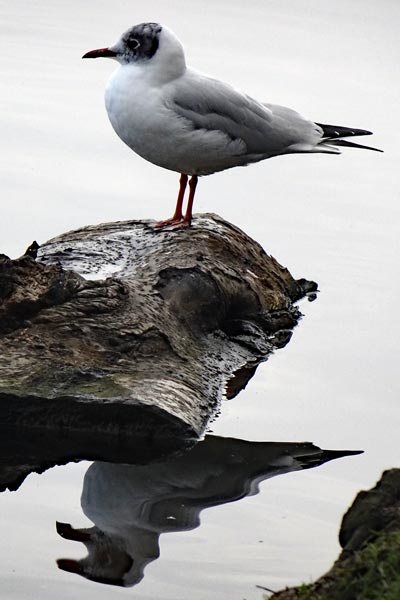 |
||
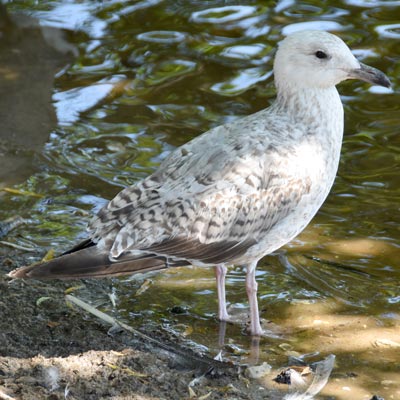 |
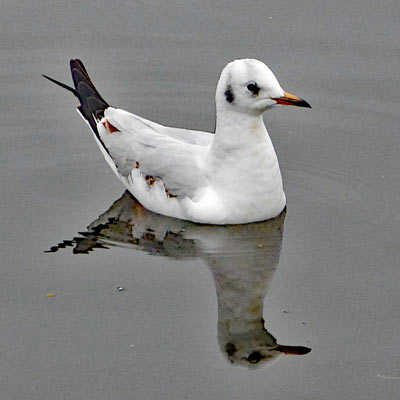 |
|
| Go to the top of this page | ||